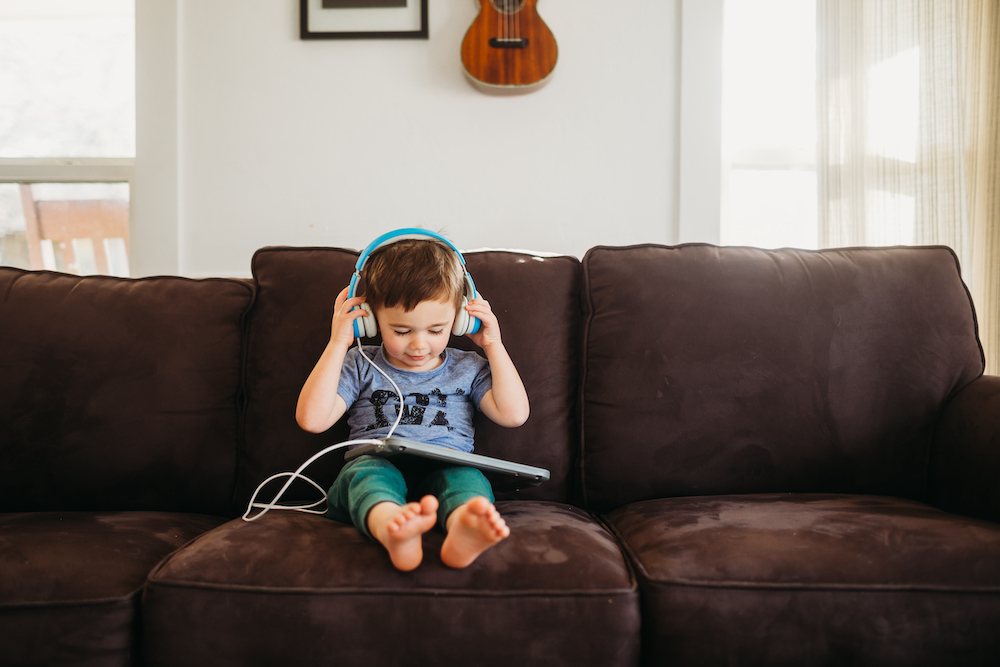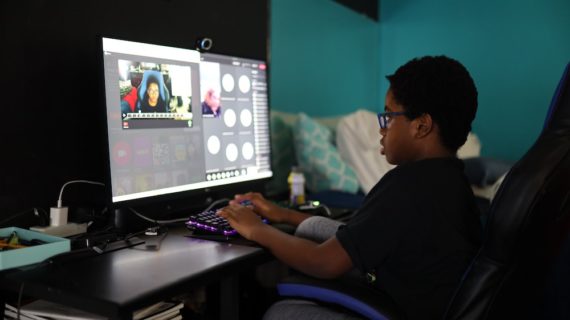
Are your kids getting too much screen time? Set limits to help them stay healthy with advice from AHN Pediatrics.
Image above courtesy of AHN Pediatrics.
“My children are always on their phone, video game, or computer. I’m worried they’re caught up in social media. How much screen time is too much screen time?”
As a parent, you probably know that with screen time, less is more. But in today’s world, it can be hard to avoid. Our lives are dominated by around-the-clock media exposure, from TV to smartphones to social media. AHN Pediatrics has tips to help you recognize how much screen time is too much and how to develop healthy media use habits for all ages.
When screens cause problems
Screen time can help entertain, educate, and occupy your child for short periods. But, according to the American Academy of Child and Adolescent Psychiatry, children ages 8-12 spend an average of four to six hours per day using screens. Teens, on average, spend up to nine hours per day using screens, and 1 in 4 describe themselves as constantly connected to the internet.
“Spending too much time on devices can lead to a number of health issues,” says Dr. Howard Topol of AHN Pediatrics. “Kids may not be getting enough physical activity, have trouble sleeping, and spend less time with family and friends. This can impact their mood, weight, issues with body image, and even contribute to lower grades in school.”
Children can also be exposed to unsafe content, including violence, misleading information, negative stereotypes, cyberbullying, substance use, or social media challenges that might inspire unsafe or risky behavior.
“With the amount of time children are spending on their devices, it’s nearly impossible to keep track of everything they might be watching or hearing,” says Dr. Topol. “Setting limits on screen time use and moving toward consuming media as a family can help cut back on their access to potentially unsafe content.”
Setting healthy boundaries
Managing your child’s screen time, especially if your child is older, can be tricky. Try implementing a few of these ideas at a time, until you feel comfortable with your child’s screen time use:
· Plan screen-free times, such as family dinner or outings.
· Engage in activities that don’t require screens, like reading, games, sports, or just talking about your day.
· Set times to co-view or co-use screens with your child.
· Determine where screens can and cannot be used.
· Discourage screen use while doing homework.
· Take away screens one hour before bedtime to improve sleep.
The American Academy of Pediatrics has general guidelines for screen use for children of all ages and encourages families to create a custom family media use plan that fits their individual goals and situation.
“Ideally, children shouldn’t use screens before 18 months of age. After that, if you want to introduce small amounts of screen time, focus on high-quality, educational content and watch it with them,” says Dr. Topol. “As your child gets older, talk to them about their media use. Let them know why you’re setting these limits and help them understand the importance of online safety.”
If you’re concerned about your child’s media use, call your pediatrician or AHN Pediatrics.











